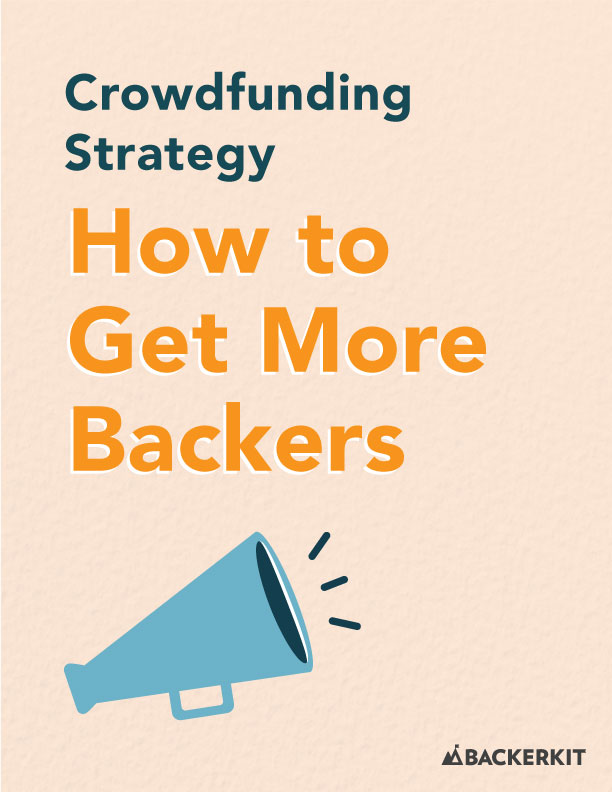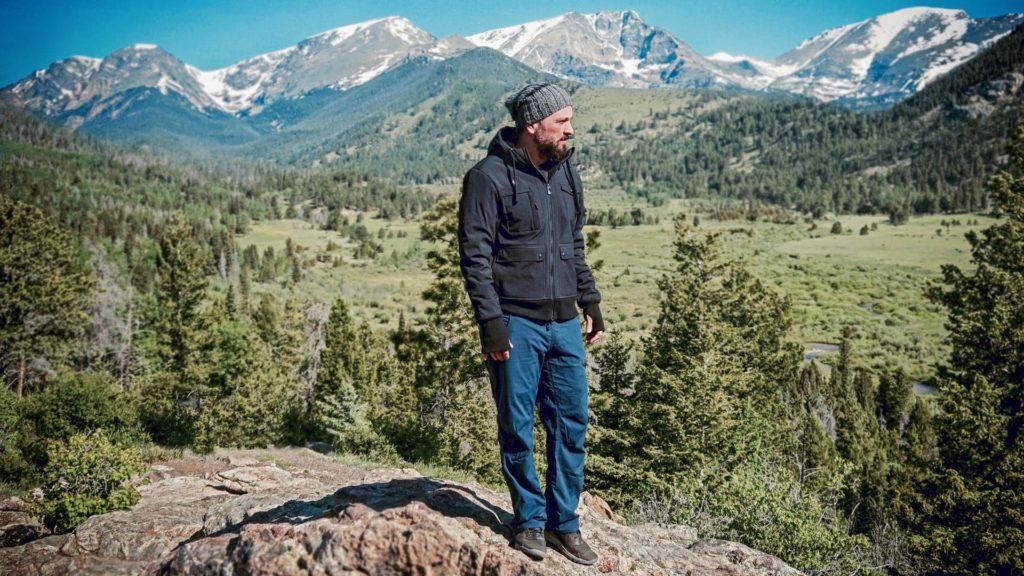
Established artists or media personalities have a head-start over other creators when it comes to crowdfunding campaigns. Successful projects like Reading Rainbow with LeVar Burton and Lightsail from Bill Nye and the Planetary Society had a huge advantage with an existing fanbase, but it takes careful work to convince existing fans to back your crowdfunding campaign.
Robust personal and professional networks make it easier to tap potential backers and passionate brand advocates; being media-savvy helps to generate publicity; a profile provides an instant credibility and publicity boost. But having all of these advantages doesn’t guarantee crowdfunding success, especially if you’re a repeat creator.
Expanding your base of backers takes time and effort. Zane Lamprey, TV travel show host and founder of ADV3NTURE Gear, says campaigns are labor-intensive efforts. “You can’t dabble in crowdfunding,” he says. “You need to either jump in with both feet or not at all.”
Creators must do more than simply market a product. “Most Kickstarters are a pre-sell of a product,” Lamprey advises. “But besides selling the product, you’re also selling yourself. “You need to make sure you say: ‘Here’s the project. Here’s why you need it. Here’s who I am’.”
Boost Your Brand Power
Lamprey’s professional experience as a TV and travel show host on the Food Network and the Travel Channel made him a visible public figure and allowed him to accumulate a growing fanbase over time.
His Kickstarter campaign for Chug — a six-episode drinking and travel show — was the first attempt to successfully crowdfund a TV series, raising $591,804 from over 8,000 backers. He managed to hit his funding goal of $500,000 in the nick of the time, as backers flooded the campaign with contributions in the final days. Nevertheless the experience was “extremely stressful”.
“With four days to go, I thought there was no chance in hell I was going to make it,” he says. “Then in the last two days it just skyrocketed — it trended, people cared about it.”
In some ways, the campaign for Chug was Lamprey’s most ambitious. He says $500,000 was a “dangerously high goal” for a crowdfunding target, even though it’s small change relative to the cost of filming and producing a six-episode TV show for a mainstream broadcaster. He also says his reward tiers made fulfillment needlessly complex and distracting. “I was sending T-shirts, hats, posters, and sweatshirts,” he says. “If I were to do it again, I would have eliminated all that stuff and focused on exactly what my campaign was and not have offered anything tangible.”
Lamprey followed up on Chug with two more successful crowdfunding campaigns that featured tangible products: the Drinking Jacket and the ADV3NTURE Hoodie. The transition from media to product design may seem unusual, but Lamprey says his move into adventure apparel was a natural evolution of his professional interests.
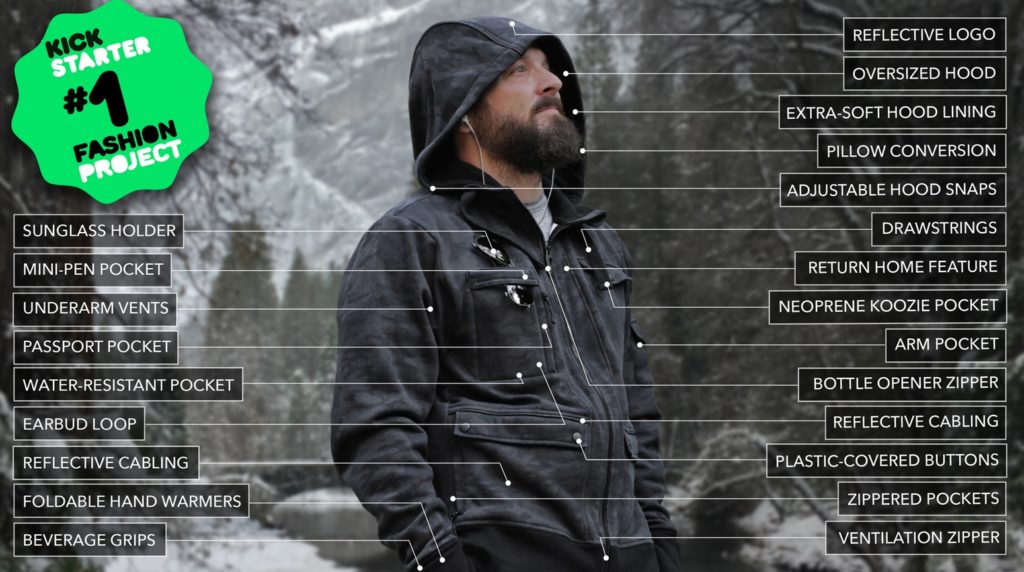
The Drinking Jacket campaign fit into Lamprey’s brand. His two television shows, Three Sheets and Drinking Made Easy, focused on imbibing alcoholic beverages in exotic locales. Shifting the emphasis to apparel allowed him to launch with a lower funding goal — a reflection of lower production costs — and simpler reward tiers. Setting a $50,000 funding goal for a jacket is much easier than asking for $500,000 to make a show.
The success of the Drinking Jacket project allowed Zane to move into the wider apparel market with the ADV3NTURE Hoodie which raised over $1.8m from backers, far exceeding its funding goal of $25,000. “Angling the product towards adventure rather than drinking made it more useful in everyday life,” he says. “It reached people that were outside of the fan base.”
Creator and co-founder of acclaimed travel photography magazine Tiny Atlas Quarterly Emily Nathan followed a similar evolutionary trajectory. She leveraged her professional networks and experience in commercial and editorial photography to meet her $22,000 funding goal for Tiny Atlas Quarterly. She framed the magazine as a “different way to tell stories” — a way for photographers to showcase their artistic vision — as well as spark of inspiration for adventurers.
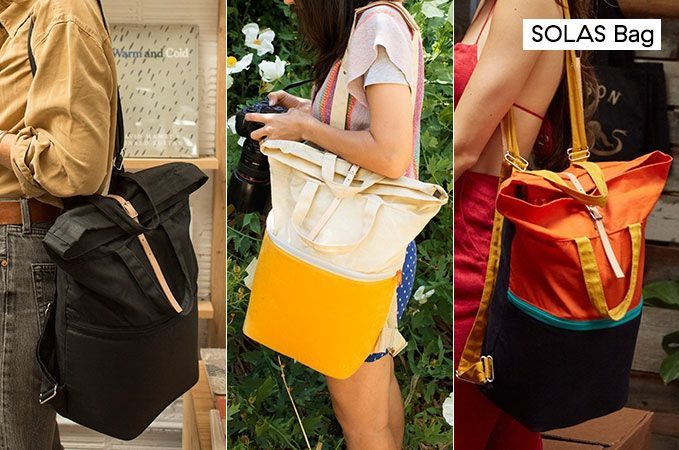
Her next crowdfunding effort was a foray into product design, partnering up with Alite Designs to produce the Tiny Atlas SOLAS camera bag. Like Lamprey’s product offerings, Nathan’s camera bag is geared towards a broader demographic than the magazine, appealing to all kinds of adventurers and outdoor enthusiasts. It ended up raising $30,506 — nearly double its initial funding goal.
Interact with Your Audience
For Nathan, a creative marketing campaign on Instagram help to vastly broaden the appeal of her projects. The magazine’s distribution network helped with visibility — museums, boutiques, and retailers like Urban Outfitters stocked it on their shelves — but the demographic remained fairly narrow. “Tiny Atlas Quarterly is pretty niche when it comes to readership, although we were getting good press,” she says. Nathan’s background in editorial and commercial photography and her existing networks in those fields gave her a solid community of backers from the beginning. “The magazine has a community of my friends and people who know about me in the broader context of my career,” she says.
But word of mouth proved an increasingly important weapon, especially when it was time to launch a Kickstarter campaign for the camera bag. Many passionate advocates and backers of Tiny Atlas Quarterly were people who “found out about it because they were connected to another photographer in a professional sense”.
It took a unique Instagram campaign for the project to truly resonate with the broader public. The #mytinyatlas project heightened the social media footprint of the magazine and widened the potential readership and backer base beyond career photographers.
What’s more, its reach is growing by the day, which is likely to prove useful for future crowdfunding efforts. “With #mytinyatlas, we exploded in terms of who our audience was. Then we decided to shift focus to growing that audience and making the magazine,” Nathan says. She says the magazine’s Instagram account has netted around 115,000 followers; the tag itself has been appended to over 2.5 million posts so far. (The hashtag is also popular on Twitter.)
“The brand is even larger than we can control — people are tagging #mytinyatlas without necessarily realizing that they’re attaching themselves to the magazine,” she says. Curating and engaging with this audience is time-consuming and challenging — a full-time job in itself, Nathan says. “We need to reach out to all of those people and say, ‘Thanks for tagging. Will you follow us?’”
Build an Engaged Community
Instagram has allowed Nathan to build a robust community around Tiny Atlas Quarterly, which has helped to feed interest in her campaign for the Tiny Atlas SOLAS bag. Having limited resources can have its downsides — she believes the account could net an extra 200,000 followers if TAQ had the manpower to do more marketing outreach — but a flipside is that the community she has built is “extremely authentic”. “People feel connected to the brand that they often don’t with other types of publications or travel brands,” she says. As a result, engagement levels are high, which can help raise awareness and visibility of future campaigns.
Prior to the launch of the Solas, Nathan issued a call-out to the magazine’s Instagram community, asking them to contribute and tag their photos to accompany the Kickstarter launch. It was immensely successful: she received 10,000 submissions in two weeks. “We have one of the best photo-led influencer networks that you could ask for in the world,” she says.
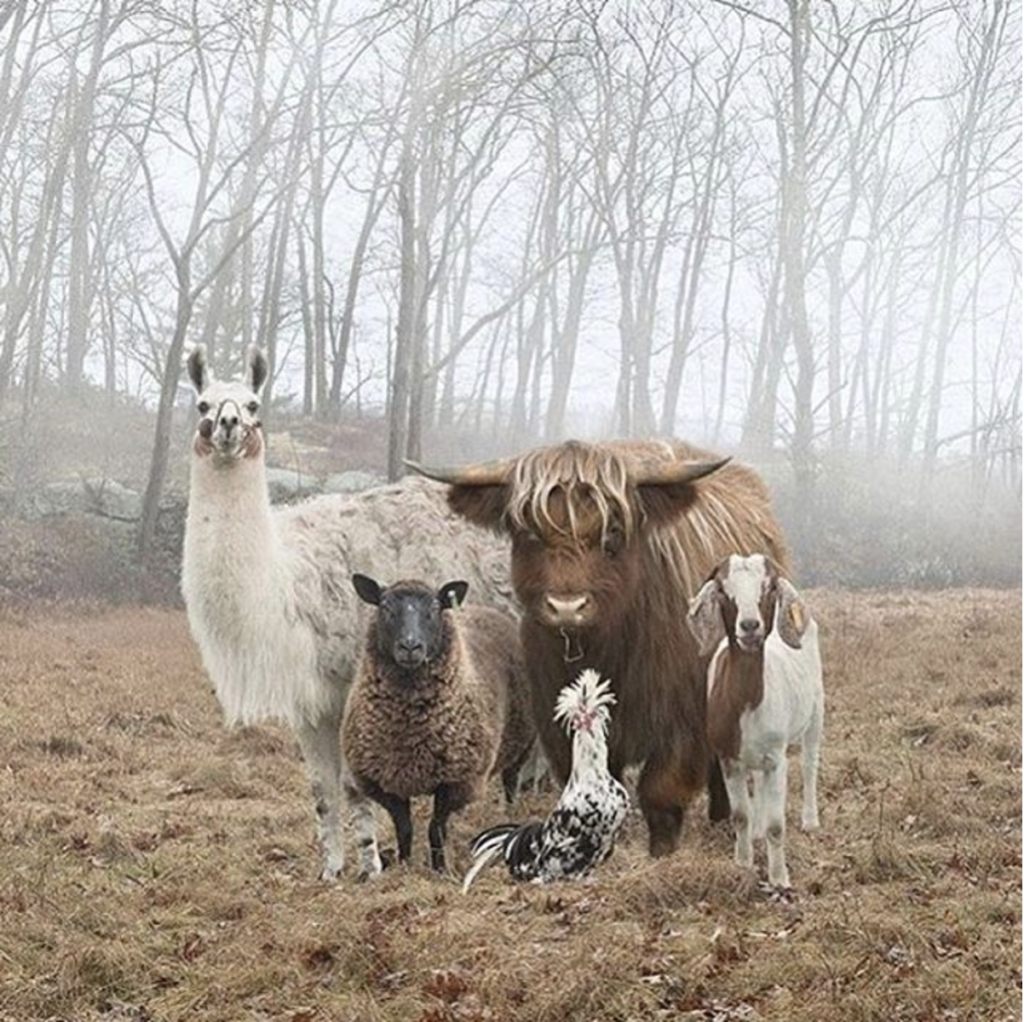
Lamprey also emphasizes the importance of a shareable campaign to engage backers. “If you’re doing a campaign for 30 days, you can make four clever, funny, and shareable videos about your product, that’s a huge way to get people to go to your page,” he says. However, he advises against being too “funny or cute” unless it’s an accurate reflection of the product. “People are handing over their hard-earned money based on your promises,” he says. “If you have an expensive product, you shouldn’t make jokes. You should convey to people that you will seriously deliver on time.”
Lamprey believes videos are a “really great place to be putting your energy” during a campaign. He took a more lighthearted approach in his promotional videos for the ADV3NTURE Hoodie. While the main campaign video served a functional purpose, highlighting the product’s features, he also filmed a “cute video with kittens” that was more shareable. “You need a newsletter, Facebook, social media, and your traditional media and press outlets. But you should also be figuring out creative ways to get your message out there.”
Consider Digital Ads
Lamprey and Nathan were able to garner press coverage for their respective projects, but both emphasize the importance of investing money in paid advertising. Lamprey says setting aside an amount in your crowdfunding budget for advertising pays off. “You can set 5%, 10% of whatever you make today and spend it on advertising tomorrow,” he says. While he believes the biggest conversions are through email newsletters, he strongly recommends placing paid advertisements on Facebook to drive traffic to your campaign page.
Nathan agrees. She believes that digital ads, rather than media coverage, are a key driver of sales. She says that Tiny Atlas Quarterly was featured on websites like Refinery29, Cool Hunting, Paper Magazine, and several blogs, but these mentions didn’t convert into sales as much as Nathan would have liked. “The money we spent on PR could have been better served on digital marketing ads,” she says.
